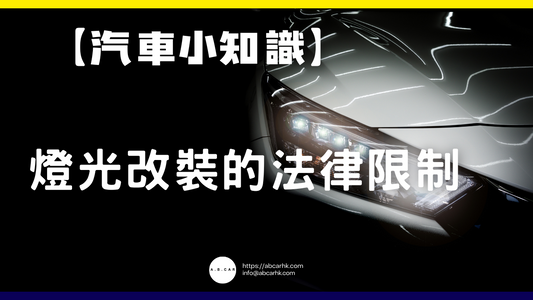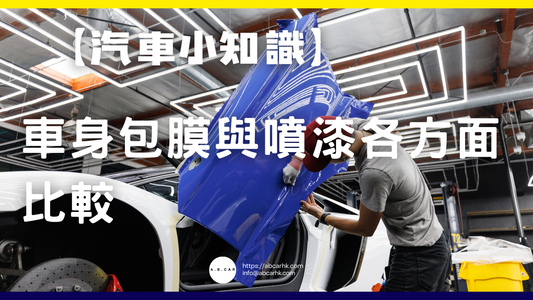【Introduction to the car manufacturer】MCLAREN
The history of the McLaren brand is a legendary epic that combines the passion of racing with the innovation of road cars. This British supercar brand has not only achieved brilliant results in the Formula One arena, but also perfectly transplanted the track technology to mass-produced models, becoming a performance benchmark in the hearts of car fans around the world.
The origin of the brand can be traced back to 1963, when it was founded by New Zealand legendary driver Bruce McLaren. This genius, who became the youngest F1 Grand Prix champion at the age of 22, initially established the Bruce McLaren Motor Racing team to participate in various competitions. In 1966, the team officially entered the F1 arena and won its first Grand Prix championship at the 1968 Belgian Grand Prix. Bruce was not only an excellent driver, but also an outstanding engineer. He led the team to develop a number of innovative racing cars. Unfortunately, he died in an accident while testing a new car at Goodwood in 1970, ending his legendary career at the age of 32.
From the 1970s to the 1980s, McLaren grew stronger under the leadership of Teddy Mayer and later Ron Dennis. In 1974, the team won both the F1 Drivers and Manufacturers Championships for the first time. The 1980s ushered in a golden era, especially during the cooperation with Honda in 1988, when the MP4/4 driven by Ayrton Senna and Alain Prost set an amazing record of 15 wins in a single season. This white car with red stripes has become one of the most classic horses in the history of racing.
The 1990s marked an important turning point for McLaren in the field of road sports cars. Designed by the talented engineer Gordon Murray, the McLaren F1, launched in 1992, featured a revolutionary carbon fiber monocoque structure and was equipped with a BMW-made 6.1-liter V12 engine. It had a top speed of over 386 km/h and remained the fastest production car in the world for ten years. Only 106 of these dream supercars were produced, five of which were race-track versions of the F1 GTR, and won the 1995 Le Mans 24 Hours Endurance Race, setting a legendary record for production cars to win the championship.
After entering the 21st century, McLaren officially established an independent automobile company, McLaren Automotive, in 2010. The MP4-12C launched in 2011 uses a new carbon fiber monocoque MonoCell and is equipped with a 3.8-liter twin-turbo V8 engine, marking a new era for the brand. Since then, the product line has expanded rapidly, including the Sports Series (such as 570S), Super Series (such as 720S) and Ultimate Series (such as Senna). The P1 hybrid supercar launched in 2013, combined with a 903-horsepower oil-electric system, shows the brand's outlook on future technology.
In recent years, McLaren has continued to break through the boundaries of technology. In 2021, it released the Artura plug-in hybrid sports car, which uses a new lightweight carbon fiber structure and a V6 hybrid system. At the same time, on the track, the McLaren team won the 2021 Italian Grand Prix with Daniel Ricciardo, demonstrating the strong strength of the veteran team.
Throughout the nearly 60 years of development of McLaren, from the initial small racing team to today's global supercar leading brand, it has always adhered to the design philosophy of "form follows function" and transformed practical experience on the track into technical advantages of road sports cars. In the face of the future wave of electrification, McLaren has announced that it will launch a pure electric supercar in 2030, continuing to lead the development direction of high-performance cars with an innovative spirit. Every McLaren sports car carries Bruce's racing spirit in those days, and never stops on the road of pursuing ultimate performance.



